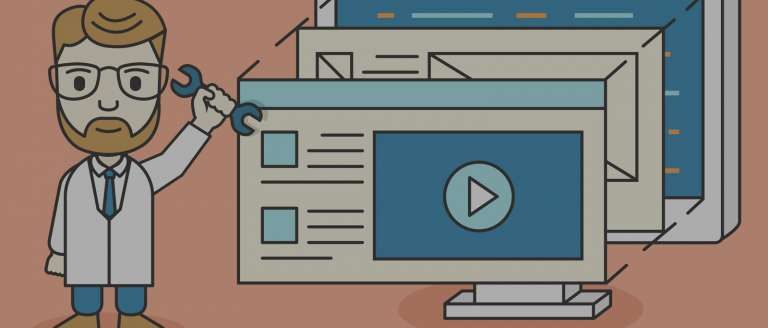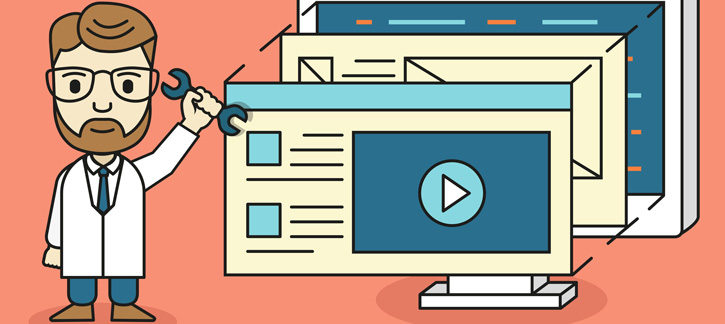You’ve invested a lot of time and effort into getting prospective customers to your website. You’ve spent hours crafting killer content with high ranking keywords, and more users are finding your website than ever before. So now that they’ve found you, how do you get them to stick around? Users can be encouraged to stay on your site longer by creating a sharp and easy-to-navigate site design that is optimized for your specific target market. When you provide an overall positive user experience, users will stay on your site longer.
Your website's first impression
When a prospective customer or client visits your website, the first thing they see is your website’s design. This first impression has a great influence on the user’s overall perception of your brand. They will often immediately decide if your website is credible, trustworthy, or even useful. They are also gathering insights about your company, such as its size, stability, and level of professionalism. Is your website able to instill in your website visitors a sense of confidence about your brand? You can help positively manage this first impression by creating a strong and clean website design with proper use of colors and modest use of animations. Great content is what is valuable to your website’s users, not flashy media and crazy-colored typography.
Navigating your website
Smart navigation is arguably the most important element in your website’s design. When users can easily find the information they are looking for, they are much more likely to stay on your site longer to read your valuable content. When users can’t find what they are looking for, they will quickly get frustrated and leave, looking elsewhere for the information or products they are searching for. In order to better organize your website content, keep the structure of your primary navigation simple. It also helps to include a Search bar near the top of the page to help visitors who have difficulty finding the content they are looking for. Your navigation should never really be more than three levels deep, and always be sure to include breadcrumbs on every page so users are aware of where they are in your site’s navigation. The key is to keep your site’s structure simple and intuitive, making it easy for users to find the content they are looking for.
Responsive web design
Lastly, you need to make sure everyone can easily access your site in order to stay on your site. As of April of this year, a reported 80% of Internet users preferred to use their smartphone or mobile device to search the web. Your users should be able to reach and navigate throughout your website, no matter what browser or device they are using. This not only increases the amount of time customers will spend on your website, but it also grants you an increase in rankings from search engines which in turn leads to more visitors. Google prefers responsive websites, and promotes mobile-optimized sites when displaying search engine results. In order to really increase the time visitors spend on your website, your site should go beyond just being responsive and should create a unique user experience optimized for each type of device.
Your website is often the first and most important touch point for your prospective customers, so you want to make sure that you are creating a memorable and positive experience. For more information and tips on how to create a website that retains online visitors, click the button below to download Tragic Media’s ebook covering the 25 website must haves to drive traffic, leads, and sales to your business.

